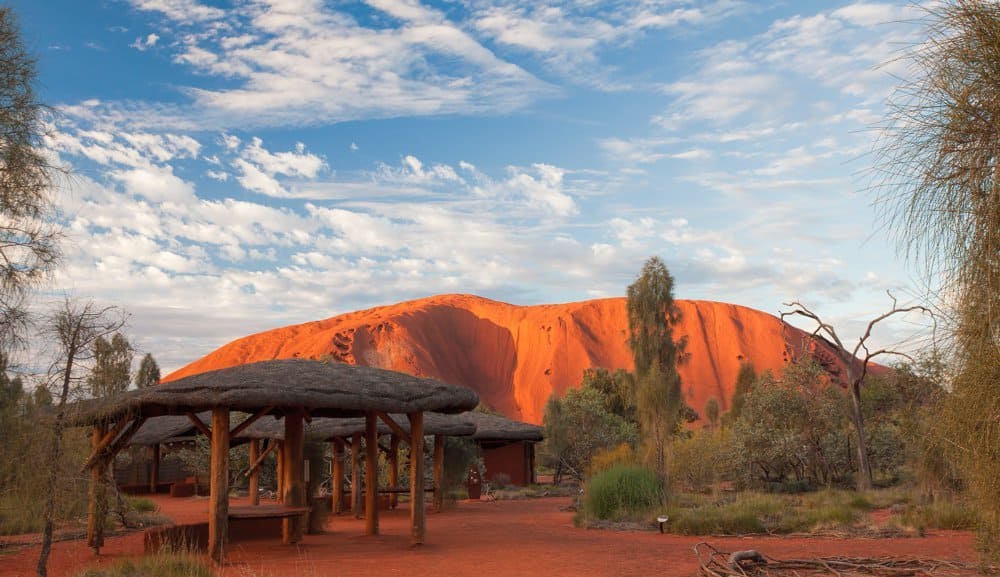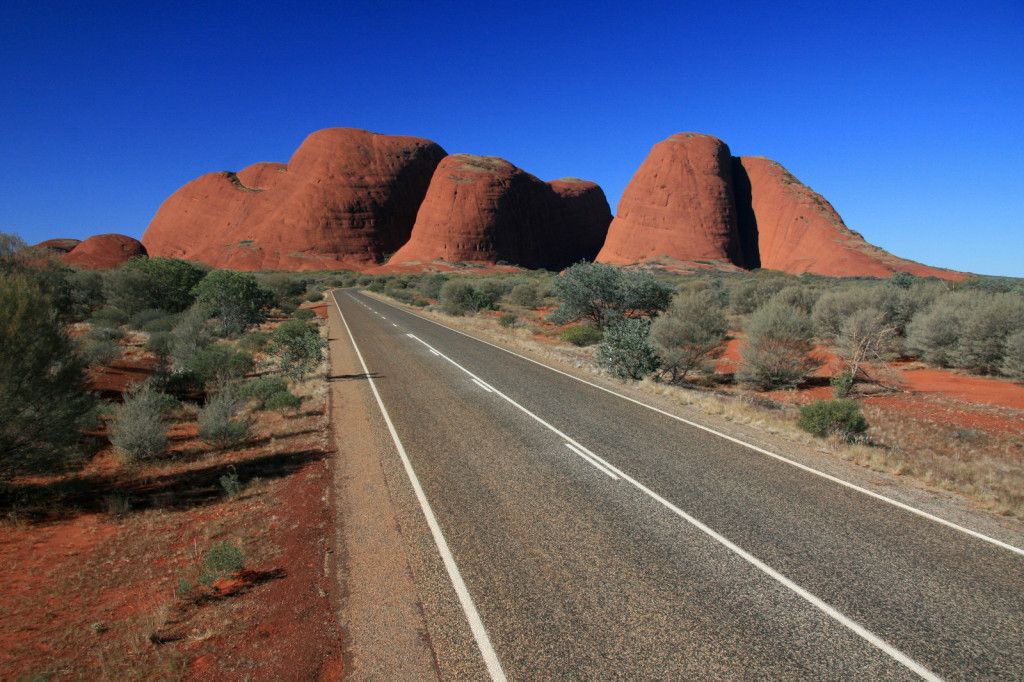Kata Tjuta, also known as the Olgas, is a remarkable natural and cultural landmark located in the Northern Territory of Australia. This sacred site is integral to the Aboriginal culture and offers an awe-inspiring experience for visitors. In this article, we will explore the rich cultural heritage and staggering geographical features that make Kata Tjuta a must-visit destination.

The Significance of Kata Tjuta
Kata Tjuta holds profound importance for the Anangu people, the traditional owners of the land. The name Kata Tjuta means “many heads” in the local Pitjantjatjara language, aptly describing its 36 domed rock formations. These ancient structures are believed to have been formed around 600 million years ago and are deeply intertwined with local mythology and stories. Visitors are encouraged to respect the cultural significance of Kata Tjuta while exploring its trails.
The Majestic Geology

The geology of Kata Tjuta is as fascinating as it is beautiful. Comprising conglomerate rock like granite and basalt, these formations have withstood the test of time. The tallest dome, Mount Olga, rises approximately 546 meters above the surrounding desert plain. This area’s unique geological history provides a breathtaking backdrop and fantastic photographic opportunities, particularly at dawn or dusk when the lighting highlights the red hues of the rocks.
Exploring Kata Tjuta – Activities and Trails

For those eager to experience Kata Tjuta up close, several well-maintained trails provide various ways to explore the landscape. The most popular walks include:
- The Valley of the Winds Walk: A challenging 7.4 km loop offering dramatic views and a close encounter with the domes.
- Walpa Gorge Walk: A shorter 2.6 km return trek that takes you through a desert refuge with unique flora and fauna.
Both trails offer an immersive experience, allowing visitors to appreciate the natural and cultural features of Kata Tjuta. It’s recommended to start these walks early in the day, especially during the warmer months, to avoid high temperatures.
Wildlife and Flora
Kata Tjuta is not only a geological wonder but also a sanctuary for diverse wildlife and plant species. The flora includes Spinifex grasses, Desert Oaks, and native shrubs uniquely adapted to the arid environment. Visitors might also encounter various animals such as wallabies, dingoes, and numerous bird species. Each season brings different experiences and the opportunity to see the landscape transform, especially during the wildflower bloom after rain.
Sustainable Tourism Practices

Given Kata Tjuta’s cultural and ecological significance, sustainable tourism practices are crucial. Visitors are encouraged to stay on designated paths to protect the fragile environment and adhere to local guidelines. Additionally, learning about the cultural practices and the importance of this sacred site helps promote respectful and informed tourism. Engaging with Aboriginal guides can enhance your understanding of the land and its heritage, providing a richer, more meaningful visit.
Conclusion
Discovering Kata Tjuta is more than just a travel experience; it’s a journey into the heart of Australia’s rich cultural and natural history. Whether you’re marveling at the ancient rock formations, exploring the trails, or learning about the Aboriginal heritage, Kata Tjuta offers a profound and unforgettable experience. By visiting respectfully and sustainably, we can ensure that this significant site remains preserved for future generations to enjoy.
FAQs
Is Kata Tjuta open to the public year-round?
Yes, Kata Tjuta is open to visitors throughout the year, though it’s advisable to check weather conditions and access guidelines before planning your trip.
Are there guided tours available at Kata Tjuta?
Yes, there are guided tours available that offer in-depth insights into the cultural and natural aspects of Kata Tjuta. Aboriginal guides provide a particularly enriching experience.
What is the best time to visit Kata Tjuta?
The best time to visit Kata Tjuta is during the cooler months from May to September. Early mornings and late afternoons are ideal for photography and hiking.
Is camping allowed near Kata Tjuta?
While there are no camping sites directly within the Kata Tjuta area, nearby accommodations include camping facilities in Yulara, close to Uluru.
How can I respect the cultural significance of Kata Tjuta when visiting?
Respecting the cultural significance involves adhering to guidelines set by the traditional owners, staying on designated paths, and learning about the Anangu’s traditions and stories.
